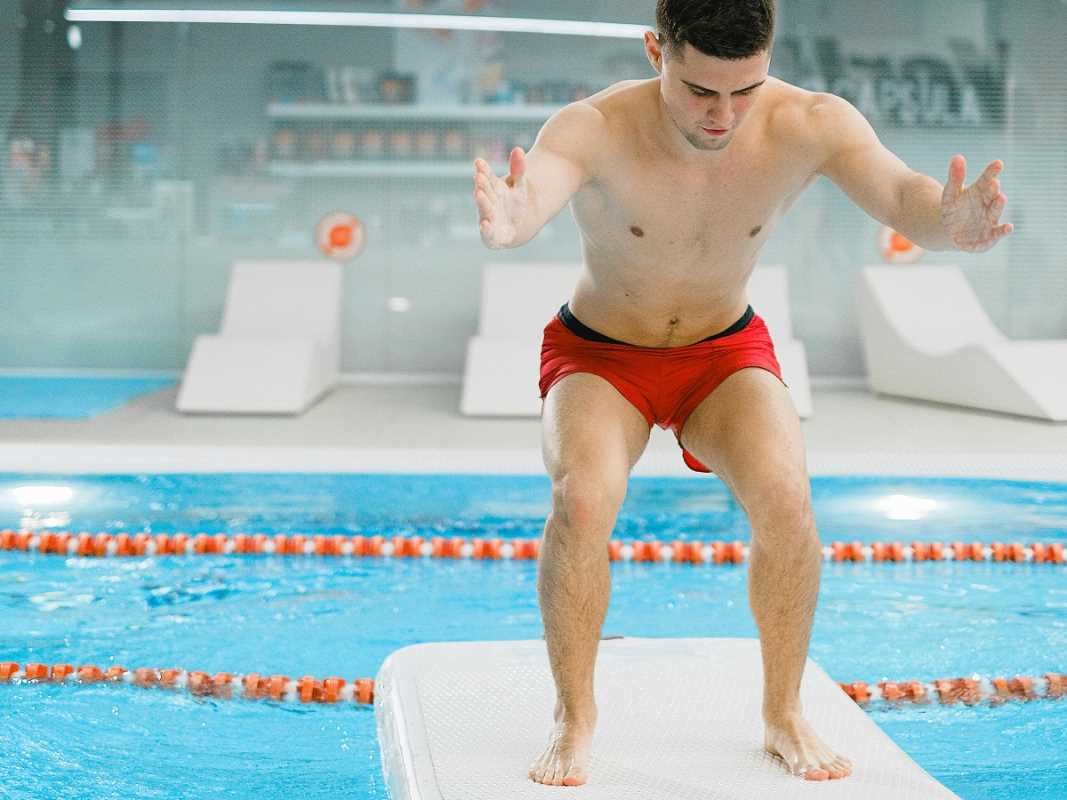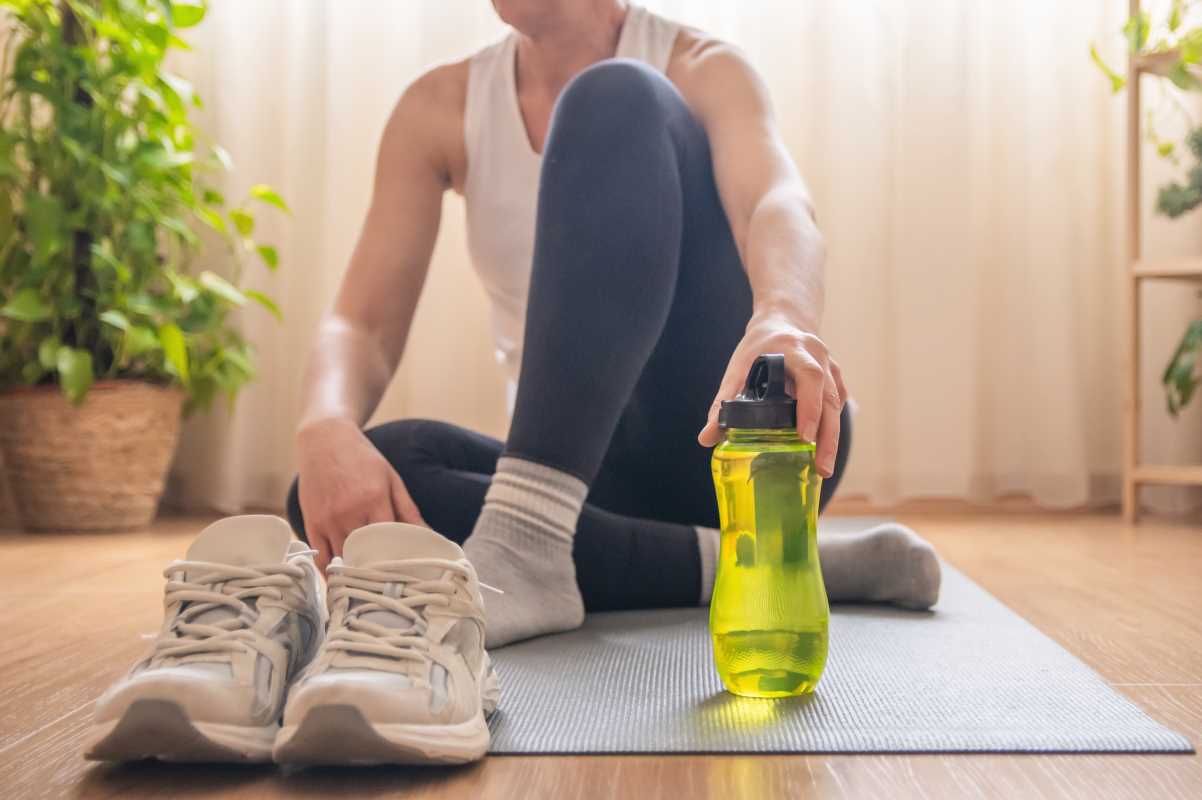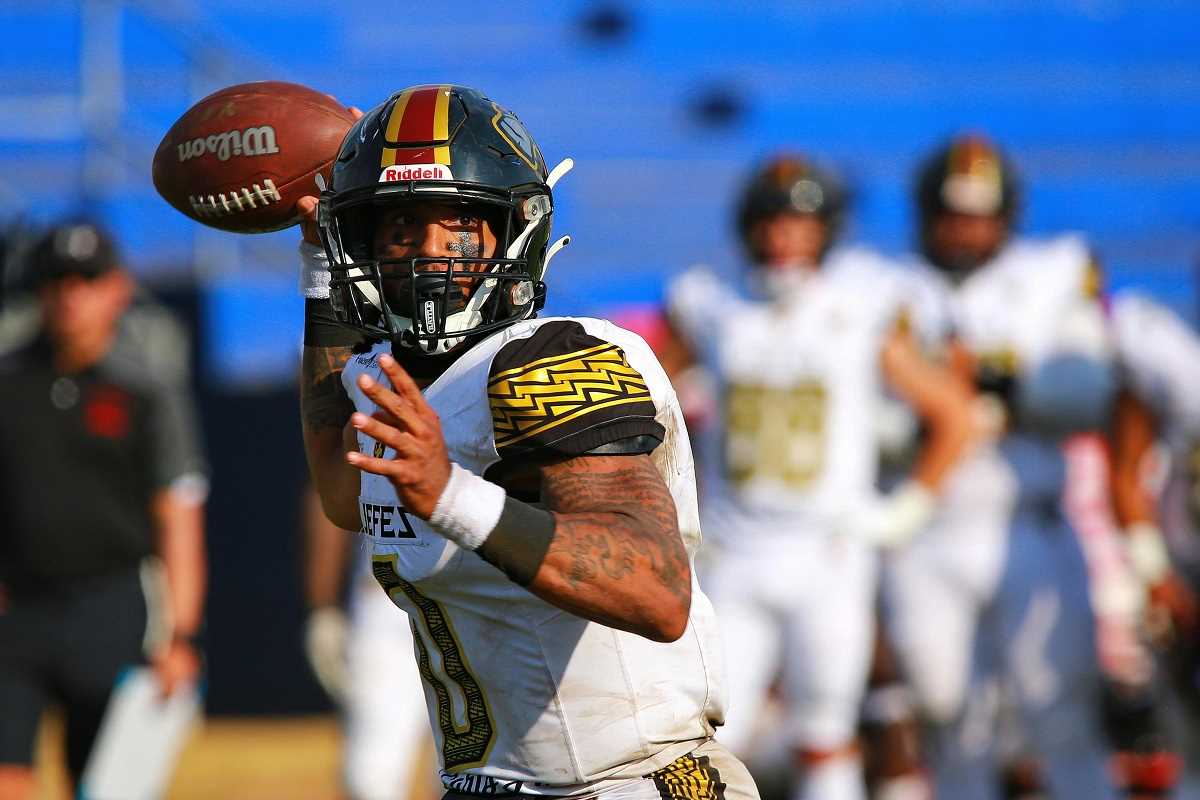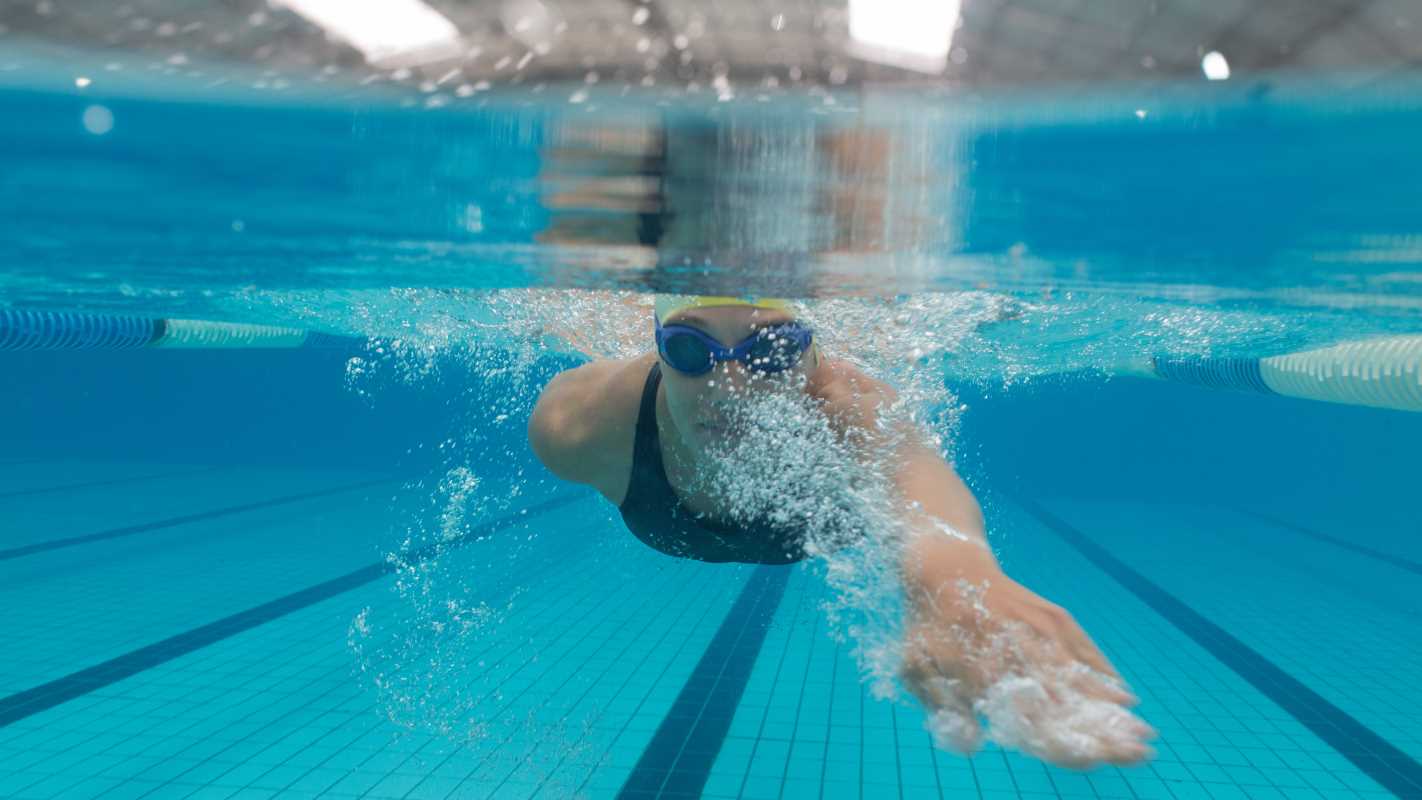Subtle changes in technique often make the difference between reaching a personal best and falling short. By monitoring your body’s movements during training or competition, you gain valuable insights that keep you on track and help prevent injuries. The latest biomechanical tools deliver detailed data on posture, joint positions, and muscle activity, offering a clear picture of your performance. Whether training independently or alongside a coach, these tools can guide improvements in sprinting, jumping, or lifting form. Explore the top devices and systems available today to find the ones that fit your approach and support your athletic development.
Best Devices for Analyzing Biomechanical Motion
- Optical Marker Systems: These setups place reflective markers on key joints. Cameras record each marker’s position in space. With appropriate software, you create a 3D model of movement. They work well for analyzing sprint starts or baseball swings.
- Inertial Measurement Units (IMUs): Small sensors attach to limbs and the torso. They measure acceleration and rotation in real time. You can wear them during field drills and review data on joint angles immediately.
- Wearable Stretch Sensors: These thin strips bend with your skin. They track muscle length changes during dynamic movements. They are especially useful when you need detailed information on muscle stretch during activities like kicking or throwing.
- Pressure-Mapping Insoles: Insert these insoles into your cleats or sneakers. They map foot pressure distribution under load. This insight can reveal overpronation, high arches, or uneven force during push-off.
Wearables That Provide Immediate Movement Feedback
- Smart Compression Gear: Garments embed sensors in the fabric. They track muscle oscillation and joint angles as you move. You feel slight vibrations when you move away from optimal form. That immediate cue helps you correct your posture instantly.
- Bluetooth-Enabled IMU Bracelets: Wear this on your wrist or ankle. It streams orientation data to your phone via an app. During a drill, you can instantly check if your arm swing stays in the correct plane.
- GPS-Linked Motion Trackers: These devices measure speed, acceleration, and direction. They combine GPS with motion sensors. Sprinters can compare split times against ground contact angles in real time.
- Augmented Reality Glasses: Wear these during practice sessions. The display overlays your ideal movement path onto your vision. You follow the ghost image to maintain proper form when lifting or lunging.
Force-Plate Technology and Ground-Reaction Analysis
Standing on a force plate may seem simple until it shows how you load each leg. These platforms measure vertical and horizontal forces as you jump, land, or sprint. Data on peak force and time to peak force helps identify strength imbalances between left and right sides. It guides targeted drills to correct asymmetries.
Force-plate systems range from bulky lab units to portable models that fit into a gym bag. Brands like ForceDecks and Advanced Mechanical Technology pack high-precision sensors into compact frames. Coaches often combine plate data with video to connect force curves to movement breakdowns. This combination pinpoints exactly when technique slips under fatigue during high-intensity sets.
Video-Based Systems for Motion Capture
High-speed cameras record every millisecond of your movement. You set up multiple angles around a court, field, or track. Software stitches the footage into a frame-by-frame view. You can mark joint centers, measure angles, and track segment velocities. Teams in professional sports rely on setups like Vicon or Qualisys for detailed mechanical profiles.
One effective technique is syncing video with IMU data. When both systems operate together, you combine visual context with sensor measurements. That integration uncovers hidden inefficiencies—such as a slight torso lean that appears in your sprint start after ten repetitions. With visual proof and numerical data, you know exactly what drill to perform.
Portable EMG and Muscle-Activation Monitors
Electromyography sensors detect electrical signals when your muscles fire. You apply sticky electrodes over target muscles—like quads or hamstrings—and record activation patterns during drills. Portable models such as Delsys Trigno operate wirelessly, allowing you to test on the field instead of in a lab.
EMG data shows if certain muscles lag or activate too early. For example, runners often overuse hip flexors and neglect glute activation. With real-time EMG feedback, you can adjust cues mid-session to activate your glutes more effectively.
Combining EMG with force or motion data creates a complete picture of muscle work, joint load, and movement quality. This comprehensive approach helps you develop training plans that target weak points instead of ignoring them.
Incorporating Tools into Your Training Routine
- Begin with baseline assessments: Conduct a comprehensive session using one or two tools. Record force plate jumps, motion-capture walks, and EMG muscle activity. Use these numbers as benchmarks for tracking progress.
- Focus on one metric at a time: Address the most significant imbalance or inefficiency you find. If one leg produces 10% less force, incorporate unilateral strength exercises until this difference diminishes.
- Track fatigue effects: Schedule periodic motion assessments during intense training phases. Look for technique changes under fatigue—such as a collapsed arch or arm dropping in late sprints.
- Connect to skill-specific drills: Attach sensors to sport movements. During soccer cutting drills, use stretch sensors on shins to monitor ankle dorsiflexion and pronation patterns. Use this data to adjust foot placement.
- Work with coaches: Share raw data and visuals. Discuss trends and develop corrective exercises collaboratively. This teamwork speeds up progress.
Use Proprietary Names to identify and correct hidden issues in your training. Focus on understanding each device's data and gradually add more for comprehensive insights. Track your progress and adjust to achieve your performance goals.
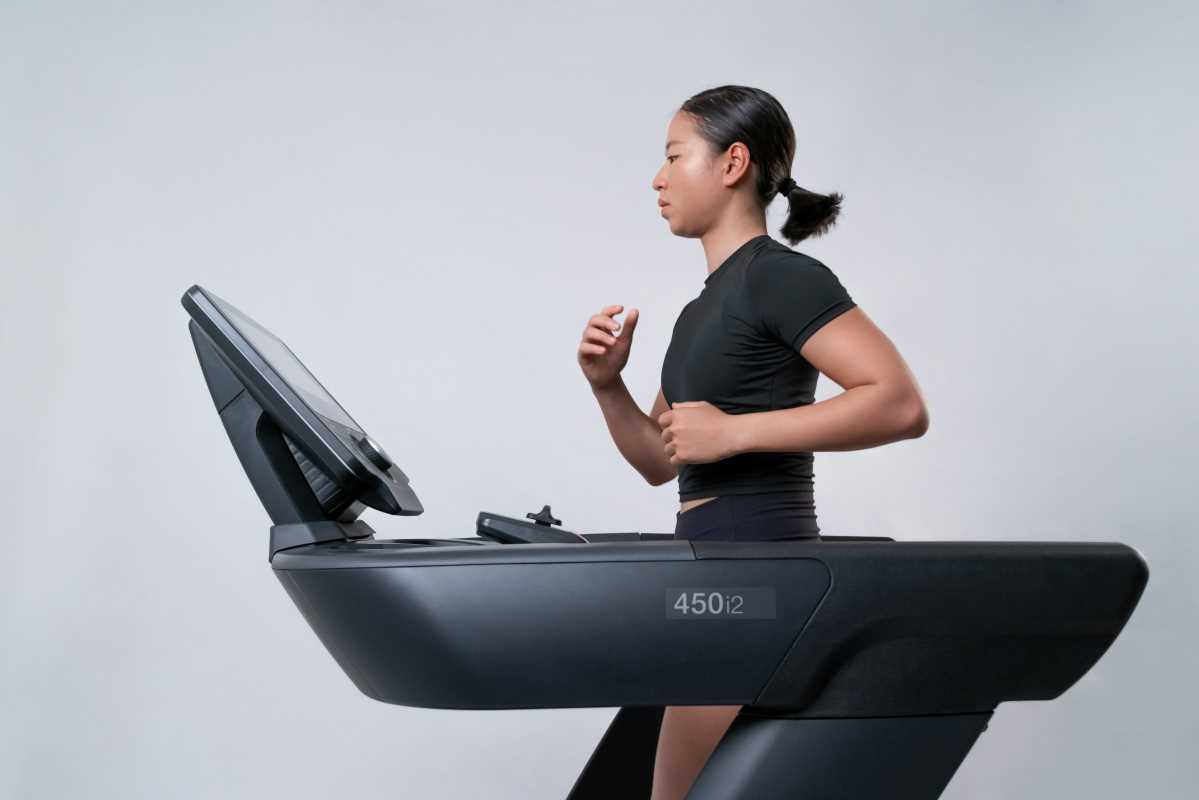 (Image via
(Image via